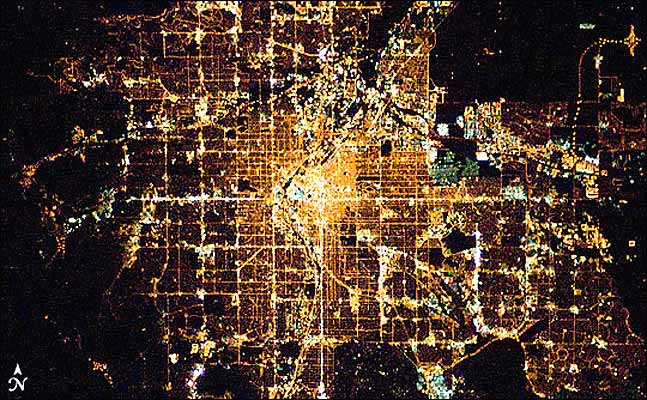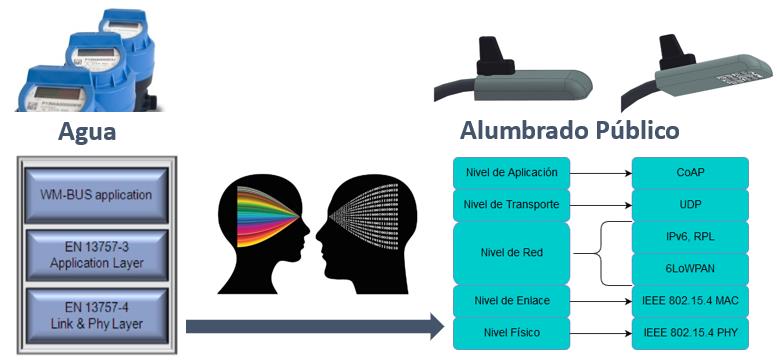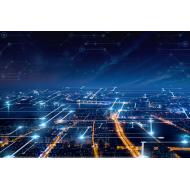Over the course of the last 20 years, we have witnessed a technological boom and the digitisation of processes in sectors as mighty as mobile technology, IT and the car industry. We have gone from waiting for tens of seconds to access a web page to downloading a high definition film in the same amount of time. From the IT perspective, we have shifted from storing text files on floppy disks to carrying smart pens with an infinite multimedia content available in just one click.
The question we have to ask ourselves is the following: what is going on in the lighting sector?
We in the lighting sector are witnesses to 2 major revolutions: the LEDification process and with it, the replacement of old street lighting technologies; and the process of digitisation and interconnection. LEDification is a reality and all you need to do is step out into the street to be aware of this fact. However digitisation and the deployment of connected lighting should make us pause for thought.

Companies in the telecommunications sector daily face the major problem that providing Internet access represents - not only to people, but also to everyday objects. Thousands of devices are open to the IoT (Internet of Things) in order to provide information, act upon it and thereby assist the daily lives of citizens.
The question we have to stop and ask ourselves is the following: Why not use the street lighting infrastructure as an Internet access network in order to cover all of this demand?
One of the features of street lighting is that it reaches the most out-of-the-way corners, offers a moderately uniform distribution and is ideally positioned to supply homes and cities. If to this we add the availability of the energy supply as well as the fact that no civil engineering works are required, thus considerably facilitating and reducing deployment costs, it could be stated that the street lighting network has every chance of starting to play another role apart from its current function, beyond that of “giving light”.
We can start to think about connecting the devices in our homes via lighting. We can think about providing access to devices that cannot be reached by other connectivity supports such as Wi-Fi networks or Ethernet. We can even think about connecting other services such as water or the public administration with the lighting. This is possible, but in order to achieve it, we have to address the subject of Interoperability.
Although it is true that public and private entities are clearly committed to the creation of so-called ‘smart cities’, the physical support and fundamental basis on which to achieve interoperability, i.e. the understanding between different services, are the telecommunication networks. The primary goal of interconnecting devices, technological wars aside, must be the user themselves. A user who seeks simplicity, looking for information that enables them to take certain decisions and who essentially is aiming to achieve reliability. In other words, they would like a service that is active and available 24 hours a day. As a result, the design and successful launch of a communications network becomes the fundamental challenge from the engineering perspective in order to guarantee all the above.

Interoperability at device level enables devices, which have been designed for different purposes such as water meters and street lighting luminaires, to exchange information and provide that data with a dynamic pathway to reach the Internet. In this way, transparent and traceable data travels towards a server in the cloud. And here lies the crux of the matter. Which server will contain the data? Which platform will I use to read the content of that information? This is why it is necessary to talk about a second level of interoperability: an interoperability at cloud or platform level, in which the different services offered, such as water, electricity, rubbish collection and many others “provide” data with the sole aim of making the life of the user easier.
Banks, energy companies and multinationals are starting to accept this interoperability into their business models at platform level, where the added value lies in information and in data.
And, always at the forefront of technology, the lighting sector does too.
Miguel Sousa
Smart Systems Division

